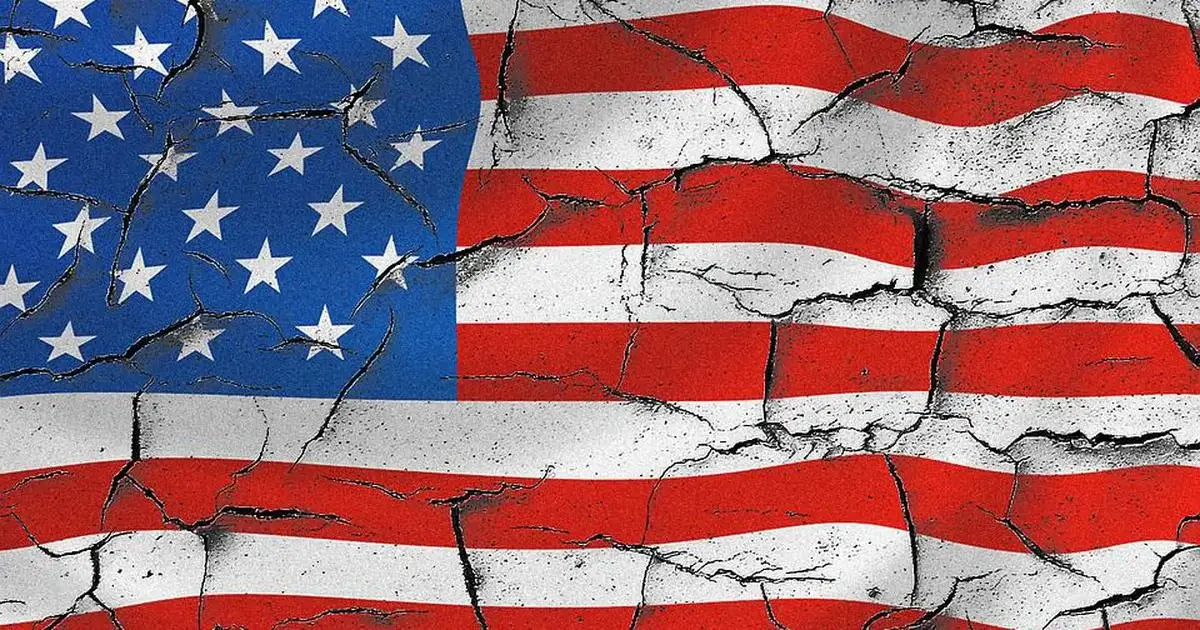U.S. Credit Rating Cut by Moody’s Over Soaring Debt and Deficits
19.05.2025 10:00 2 min. read Alexander Stefanov
The United States has officially lost its last remaining top-tier credit rating, as Moody’s has downgraded the country's long-standing AAA status to AA1.
This move follows similar decisions by Standard & Poor’s in 2011 and Fitch in 2023, marking the end of an era where America was universally considered a risk-free borrower.
Moody’s explained its downgrade by pointing to the ballooning national debt and the sharp rise in interest expenses, which now outpace those of other AA1-rated nations. The agency also shifted its outlook from “negative” to “stable,” suggesting that while no further downgrade is imminent, the risks are now priced in.
According to Moody’s, without meaningful changes to tax policy or federal spending habits, the government’s financial maneuverability will continue to erode. Projections show that by 2035, roughly 78% of U.S. federal spending could be locked into mandatory obligations such as entitlement programs and interest payments—up from 73% in 2024.
A significant contributing factor is the possible extension of the 2017 Tax Cuts and Jobs Act, which Moody’s estimates could add an extra $4 trillion to the primary deficit over the next ten years. As a result, the agency anticipates the annual federal deficit could expand to nearly 9% of GDP by 2035, driven largely by debt servicing costs and sustained structural imbalances. The total public debt is projected to surge from 98% of GDP today to around 134% by 2035.
This downgrade is not just symbolic; it reflects a growing consensus among rating agencies that the U.S. government’s current fiscal trajectory is unsustainable without significant reform. S&P was the first to sound the alarm in 2011, downgrading the U.S. for the first time in history amid gridlock in Congress. Fitch echoed similar concerns in 2023, blaming persistent deficits and political dysfunction.
With all three major agencies now aligned, the world’s largest economy no longer holds a perfect credit rating—an unsettling sign as global investors weigh the long-term implications of America’s rising debt burden.
-
1
U.S. PCE Inflation Rises for First Time Since February, Fed Rate Cut Likely Delayed
27.06.2025 18:00 1 min. read -
2
Key U.S. Economic Events to Watch Next Week
06.07.2025 19:00 2 min. read -
3
Gold Beats U.S. Stock Market Over 25 Years, Even With Dividends Included
13.07.2025 15:00 1 min. read -
4
U.S. Announces Sweeping New Tariffs on 30+ Countries
12.07.2025 16:30 2 min. read -
5
US Inflation Heats Up in June, Fueling Uncertainty Around Fed Cuts
15.07.2025 16:15 2 min. read
US Inflation Heats Up in June, Fueling Uncertainty Around Fed Cuts
U.S. inflation accelerated in June, dealing a potential setback to expectations of imminent Federal Reserve rate cuts.
Gold Beats U.S. Stock Market Over 25 Years, Even With Dividends Included
In a surprising long-term performance shift, gold has officially outpaced the U.S. stock market over the past 25 years—dividends included.
U.S. Announces Sweeping New Tariffs on 30+ Countries
The United States has rolled out a broad set of new import tariffs this week, targeting over 30 countries and economic blocs in a sharp escalation of its trade protection measures, according to list from WatcherGuru.
Key U.S. Economic Events to Watch Next Week
After a week of record-setting gains in U.S. markets, investors are shifting focus to a quieter yet crucial stretch of macroeconomic developments.
-
1
U.S. PCE Inflation Rises for First Time Since February, Fed Rate Cut Likely Delayed
27.06.2025 18:00 1 min. read -
2
Key U.S. Economic Events to Watch Next Week
06.07.2025 19:00 2 min. read -
3
Gold Beats U.S. Stock Market Over 25 Years, Even With Dividends Included
13.07.2025 15:00 1 min. read -
4
U.S. Announces Sweeping New Tariffs on 30+ Countries
12.07.2025 16:30 2 min. read -
5
US Inflation Heats Up in June, Fueling Uncertainty Around Fed Cuts
15.07.2025 16:15 2 min. read


